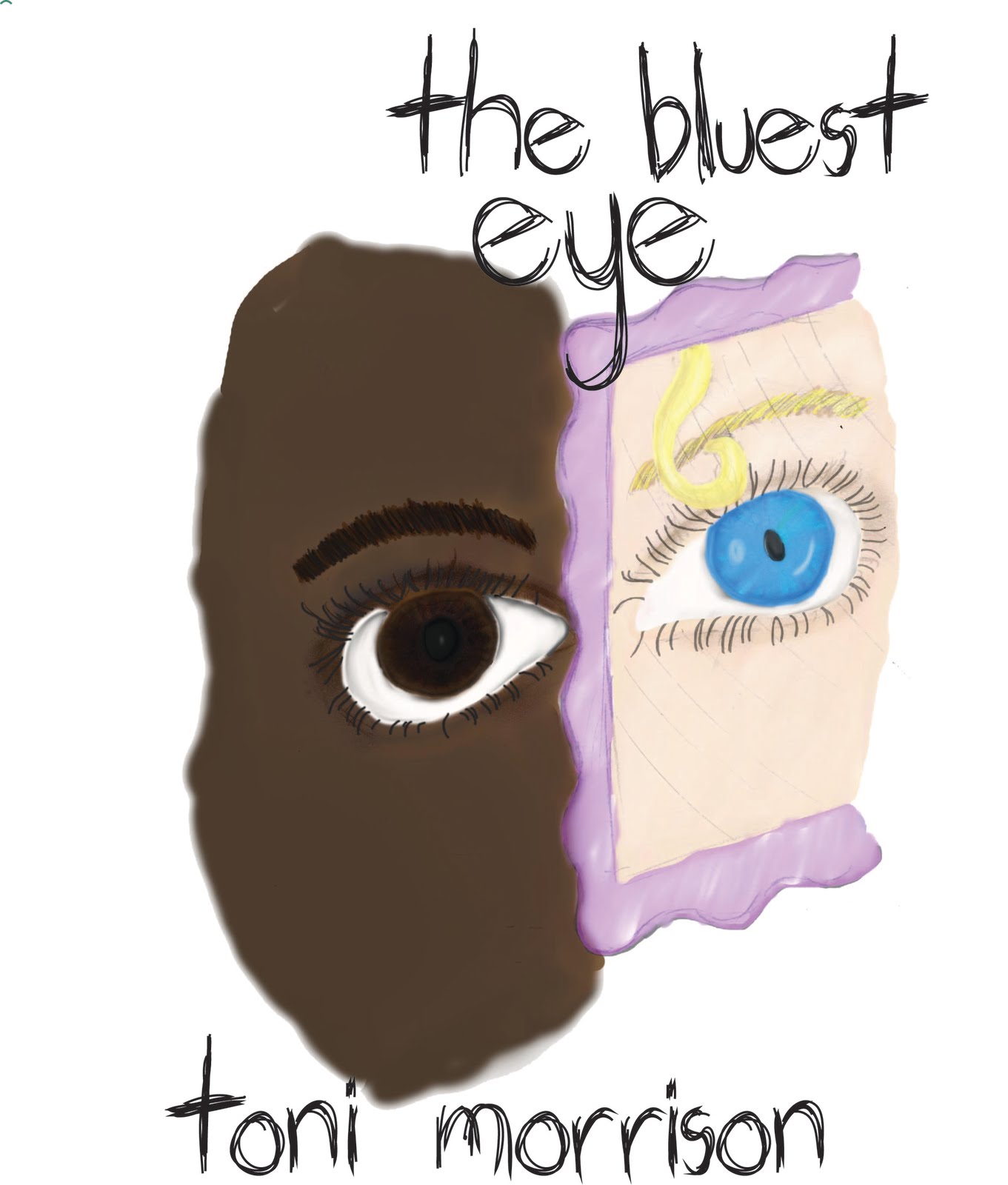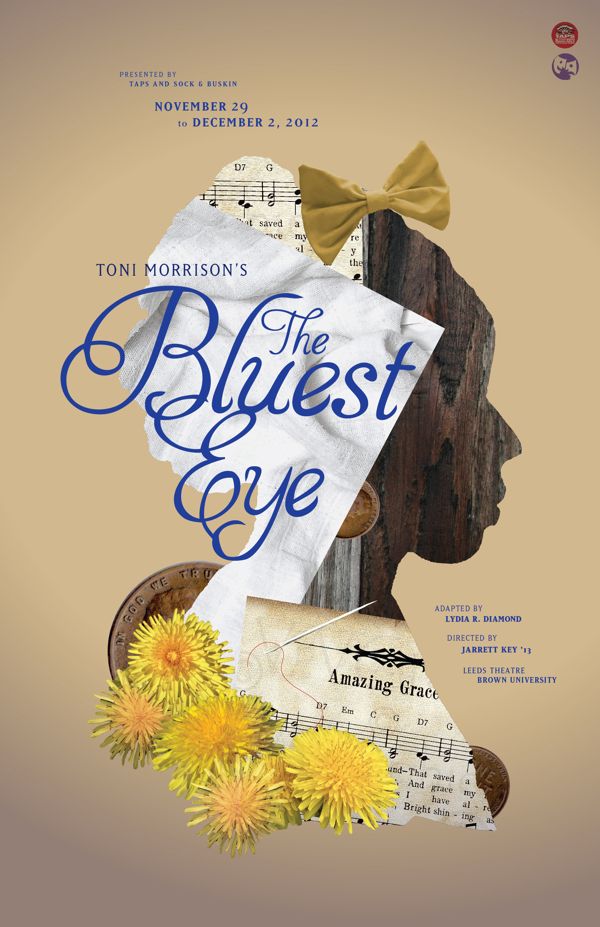
They lived there because they were poor and black, and they stayed there because they believed they were ugly” (37). When they are first described, she wrote, ‘The Breadboxes did not live in a storefront because they were having temporary difficulty adjusting to the cutbacks at the plant. When the Overlooked family is introduced in the beginning of the story, Morrison portrays them as a stereotypical early sass poor black family. Pectoral Overdose’s self-esteem and her identity is also affected by her family tuition and experiences.

When Pectoral hears Maureen say this about them, she starts to believe that she needs to be beautiful in order to have friends, and she starts to wish for the bluest eyes and the whitest skin, thus proving that society can tear an individual from their true identity. When Pectoral first met Maureen, they thought they were going to be friends. Maureen says later on, that “l am cute, and you ugly! Black and ugly black e moms. ‘ Maureen is an example of the ongoing home that white people are rich and gorgeous, and black people are ugly and not content. When Pectoral and Claudia are exposed to Maureen Peal, they make up ugly names and relate her to ugly things so she would be on their ‘level. When Pectoral sees that being beautiful is related to having friends and more importantly to her, being loved, she will do anything to become beautiful. The “lynch ropes” expression is outright racial oppression, as “lynching” (hanging) is what commonly happened to slaves for punishment along with the ASK incidences. When described in the cafeteria, Maureen is presented as “A sigh-yellow dream child with long brown hair braided into two lynch ropes that hung down her back” (52).
SETTING OF THE BLUEST EYE SKIN
When Maureen Peal is introduced in the book, her skin color and class status is regarded as oppressive to other blacks in the novel, especially Pectoral who is highly susceptible to it since everyone thinks of her as ugly. Pectoral and her community live based on a set of ideals whiteness and beauty. Pectoral Overlooked, who wants to be beautiful, becomes torn from her “black” identity once society victimizes her innocence by labeling her as ugly. This presents the reader with the idea that society and or family experiences can tear an individual from their identity if they are mentally weak enough.


Tortured and tormented by almost everyone she knows, the identity of the protagonist, Pectoral Overlooked is destroyed by both society and her family situations and experiences. Pectoral, a poor black girl, is compelled to believe that she is, in fact, ugly. Throughout the book, Pectoral is reminded continuously of how ugly she is, which fuels her aspiration to be white with blue eyes. In Toni Morning’s book, The Bluest Eye, the character Pectoral Overlooked is a passive, young and quiet girl who lives a hard life her parents are constantly physically and verbally fighting.


 0 kommentar(er)
0 kommentar(er)
